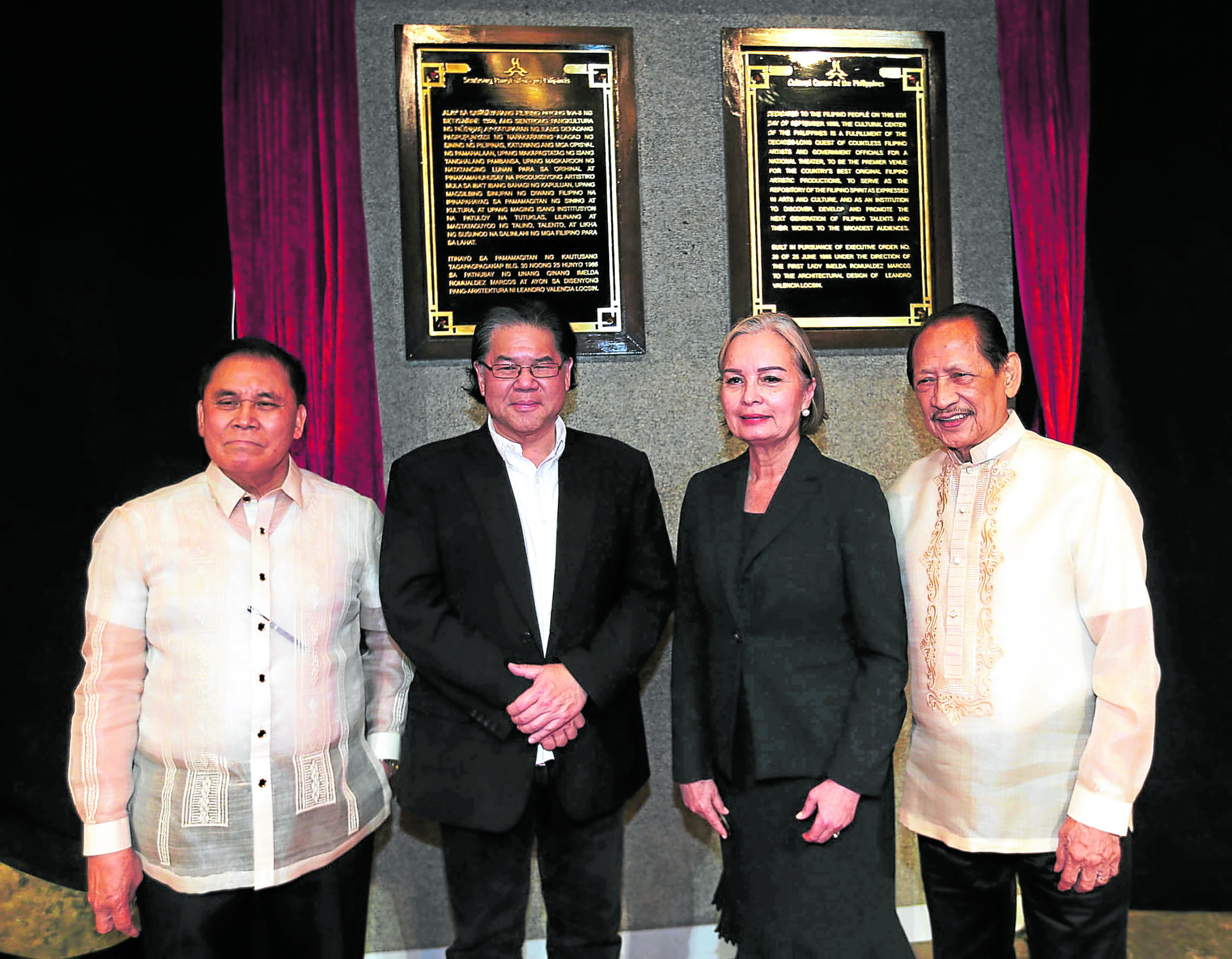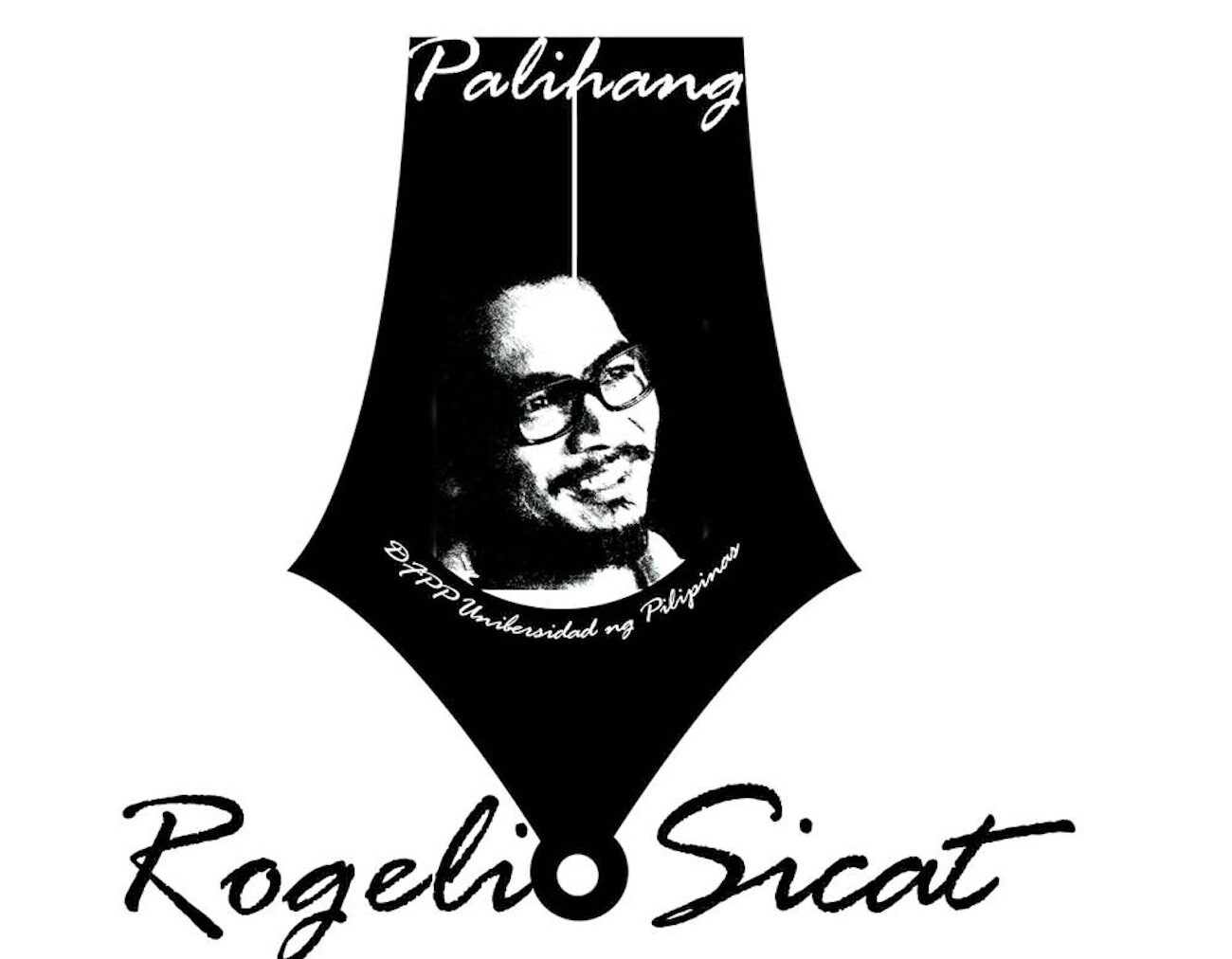
The pandemic has suddenly made our policymakers begin to put the spotlight on the arts. Recent pronouncements by leaders of both houses of Congress have underscored the value of the arts in the life of the Filipino, most especially during emergencies.
Senate President Tito Sotto sounded the right note when he said, “In this crisis, we need writers, poets and creators to help us make sense of what is happening in the world.”
Meanwhile, Speaker Alan Peter Cayetano said he was seeking the creation of a Department of Arts and Culture to support the creative and performing arts industries. This department would focus on the development, marketing and promotion of Philippine arts and culture abroad.
Better late than never. For too long we have allowed arts and culture to be treated as a nicety—the first budget cut and the last investment made.
We need the arts to save and enrich our nation’s soul. I said so in my inaugural speech when I took the reins of the Cultural Center of the Philippines (CCP).
Let me say it again, our nation has a vast organic pool of talents and artists. Singapore used to look up to us in the field of creativity. Our artists are a neglected resource. Most, even the award winners and most respected, end up impoverished at the end of their lives.
Before Hallyu
Long before South Korea’s huge gains from its popular entertainment industry, I had batted for the opening of academies or schools dedicated to the training of Filipino talents in the performing arts as well as in the craft of animation.
In primary schools, the arts and humanities have been relegated to being club activities. In college, arts and humanities are now merely elective subjects and elevated to major status are technical and practical courses that are more marketable such as culinary arts, nursing, IT, merchant marine and other newly invented courses.
Many years back, in my talk to students at Angono National School for the Arts, I strived to open the minds of the young to the value of being involved in the arts as creator or performer.
But alas they complained that they were discouraged by their parents. “Walang pera sa sining (There’s no money in the arts).” That’s what was drilled into their young minds.
But guess what? Lately, we have learned that there is money in the arts! In fact, a lot. Culture and the arts are now acknowledged as major drivers of national economies around the world. It is estimated that cultural and creative industries generate $250 billion in revenue a year, creating 29.5 million jobs worldwide. This is true of the United States, Japan, Britain, South Korea, South Africa and many others.
If we can get our act together, government and private companies can make our culture, our arts, in combination with tourism, a major source of income for Filipino talents, artists and craftsmen as well as the collateral enterprises related to and supportive of the creative industries.
Cultural workers
This should be complemented by a Magna Carta for art workers, which will encompass incentives and safety nets for them so the growth of the Filipino creative industry will be sustained for years and years.
This is why we need to help the art workers survive.
Being under stress for a long time is not healthy. It can lead to depression and also cause a myriad of physiological ailments.
This is why even before I became CCP president, I took the initiative of bringing the Philippine Philharmonic Orchestra to Philippine General Hospital (PGH) every February to give free concerts to cancer patients, health professionals and the PGH staff.
During the lockdown, the vast archives of recorded performances in the CCP and the National Commission for Culture and the Arts (NCCA) have been made accessible online, so people in their homes can become virtual audiences, and so that they can find an “escape” from the stress of quarantine.
To be launched is Padayon, an online program that aims to inspire and instill appreciation for and love of arts and culture and inculcate a sense of understanding and pride
This joint NCCA-CCP undertaking will be airing via the NCCA Facebook daily at 3 to 4 in the afternoon. This program will later on be part of the NCCA Hour, which will feature performing arts, visual arts, literary works, short features about our national artists and heroes, among others. Something highly visual, well annotated by experts and appealing hosts, and briskly paced.
Through the arts let us, in the words of the writer William Saroyan, “not add to the misery and sorrow of the world but smile to the infinite delight and mystery of it.” —CONTRIBUTED INQ
Arsenio “Nick” J. Lizaso is the chair of the National Commission for Culture and the Arts and president of the Cultural Center of the Philippines.













































